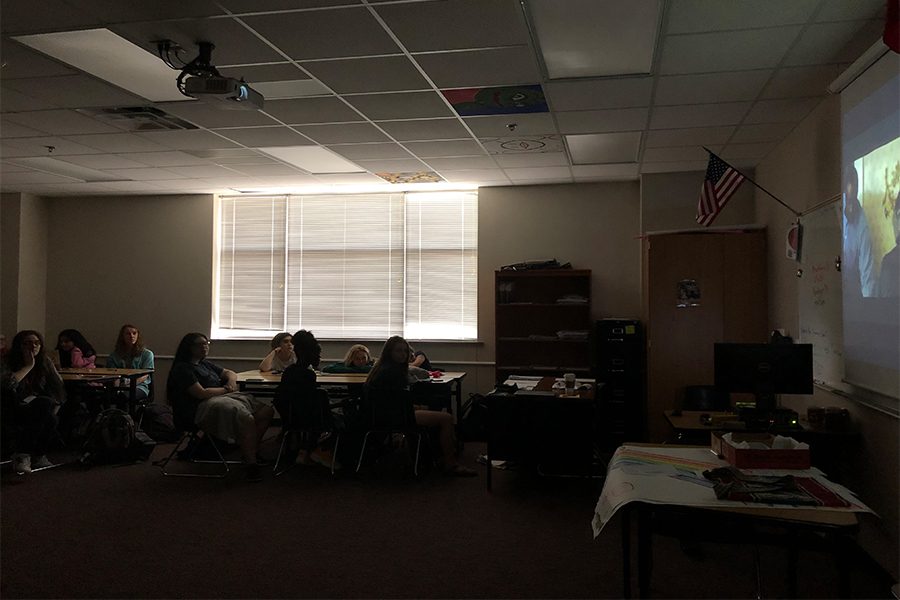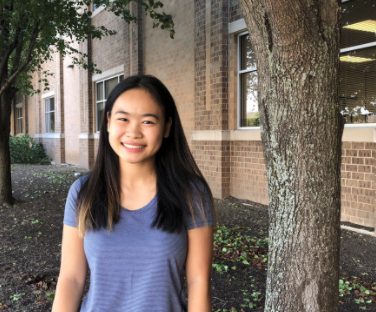Learning by watching
Classes are ending the fall semester with some holiday cheer. Some classes on campus are throwing parties to celebrate and commemorate the semester, including potlucks and movie watching.
April 30, 2019
Many teachers look for different methods when learning new topics and for some, visual aids are to engage students in learning, reinforcing, or reviewing information.
“I use it to introduce information,” medical terminology teacher Laura Stubblefield said. “It gives them something to look at and think about before diving deep into the information, it is more engaging. Gives a different perspective to the material.”
Approximately 65 percent of students are visual learners, making visual aids essential in a classroom.
“I think it does help reinforce what they are learning,” AP Human Geography teacher Tim Johannes said. “It’s an opportunity to be able to apply ideas we talked about and be a review possibly as well, plus it’s fun.”
In English classes, films can help students connect what they’ve learned in the classroom to literature.
“It gets into my mind better if I can see what’s going on,” freshman Abby Carney said. “Rather than someone telling me what is happening, I need to see what happens to connect and understand it all.”
Currently, English 2 classes are studying Shakespeare’s Julius Caesar by reading and watching the play.
“It’s so much clearer to watch it [the play] rather than just read it,” English teacher Swapna Gardner said. “For a lot of kids, especially now, we are so visual so it helps to watch something and there is a lot of value in hearing what someone says. It makes so much more sense watching somebody and seeing their facial expressions.”
But that doesn’t mean movies are replacing books in Gardner’s classes.
“Recently I’ve been saying that I don’t want to watch the movie[based on a book],” Gardner said. “Just because I love it [the book] so much that I don’t want the film version to change the way I remember it. Otherwise, it’s good to give students a chance to critique the film and notice the differences or similarities and a chance to evaluate it. I think it really helps with the learning process.”








